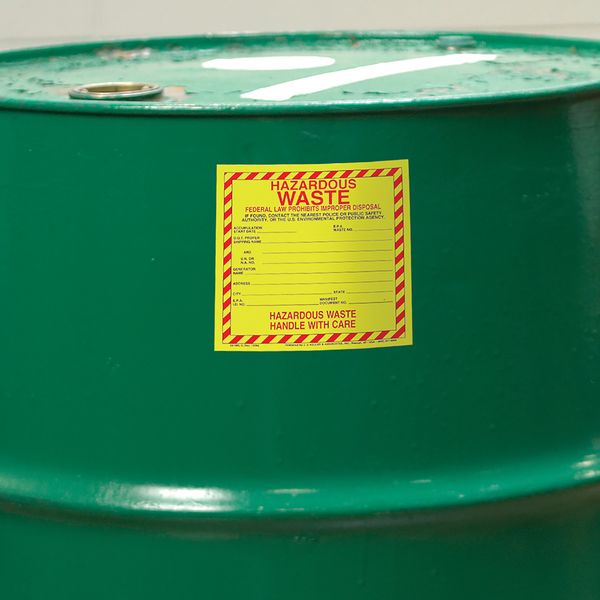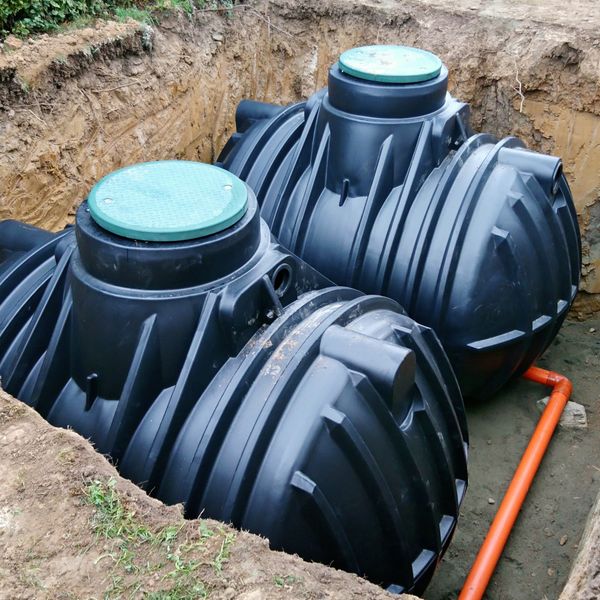Enforcement Focus
A look at where regulators are focusing their enforcement efforts
Enforcement action and monetary penalties are unfortunately common in environmental programs and prove costly to companies. Beyond the penalty assessed, companies often spend even more improving processes to prevent recurrence. This section shares some of the headlines and presents take-away lessons. What happened, and how do you avoid the same situation?
Air
California Air Resources Board (CARB) reached a settlement agreement with a large retail corporation for failure to meet the state limit on formaldehyde emissions. The non-California based corporation sold, supplied, or offered for sale a variety of products in their California stores that exceeded limits for formaldehyde in composite wood products. It was determined that the retailer sold unlabeled products and failed to take adequate precautions to ensure the products they imported and sold were compliant with California’s clean air regulations.
Enforcement action: $193,507 civil penalty
Lessons learned:
- Retailers serve an important role between manufacturers and consumers, ensuring the products they sell are compliant with requirements.
- California established formaldehyde emission standards that affect products being sold in the state, no matter where they’re manufactured.
Hazardous waste
A hospital located in Washington D.C. has settled a list of alleged RCRA violations that were identified by EPA. The alleged violations included failure to label and date waste containers, storage of hazardous waste for greater than 90 days without a permit, failure to maintain required aisle space, and failure to conduct weekly inspections of accumulation area.
Enforcement action: $108,304 civil penalty
Lessons learned:
- Hazardous waste is produced by all types of businesses; no matter what the industry it has to be identified and managed properly.
Risk Management Plan (RMP)
U.S. EPA Region 9 announced a settlement with a produce company for violations of the federal Risk Management Program (RMP) and Emergency Planning and Community Right-to-Know Act (EPCRA) at two of the business’ storage and distribution facilities. During multiple inspections, the facilities were found to have missed requirements related to the anhydrous ammonia refrigeration systems in use. System hazard review, pipe and instrument labeling, operating procedures, and mechanical integrity maintenance were all found out of compliance with RMP standards. In addition, the company had failed to meet EPCRA requirements to accurately submit its chemical inventory to the state and local emergency response agencies.
Enforcement action: $186,975 civil penalty
Lessons learned:
- RMP requirements work together to reduce the overall risk associated with regulated systems; missing some pieces undermines efforts of the entire program.
- Hazardous materials being stored in large quantities often trigger more than one compliance program. Accurate applicability determinations are a first step to overall compliance.
Water quality
In addition to an already issued penalty, Washington Department of Ecology is seeking an additional $11.37 million from a land development corporation to cover the state’s costs in responding to a 2019 oil spill from their site. The site, a former brewery, had been closed for more than 15 years when 600 gallons of PCB-containing oil spilled from a vandalized transformer into local waterways.
Enforcement action: $14,000 civil penalty
Lessons learned:
- Facilities and properties not in operation still present an environmental responsibility and risk for property owners. Security and maintenance of these locations, even when not being actively used, is key.
- Identify risks from all types of equipment, such as transformers, computer server batteries, elevator hydraulics, etc.
- Spill clean-up costs can escalate quickly. While investing in release planning and prevention can be challenging to justify, they often make sense.































































